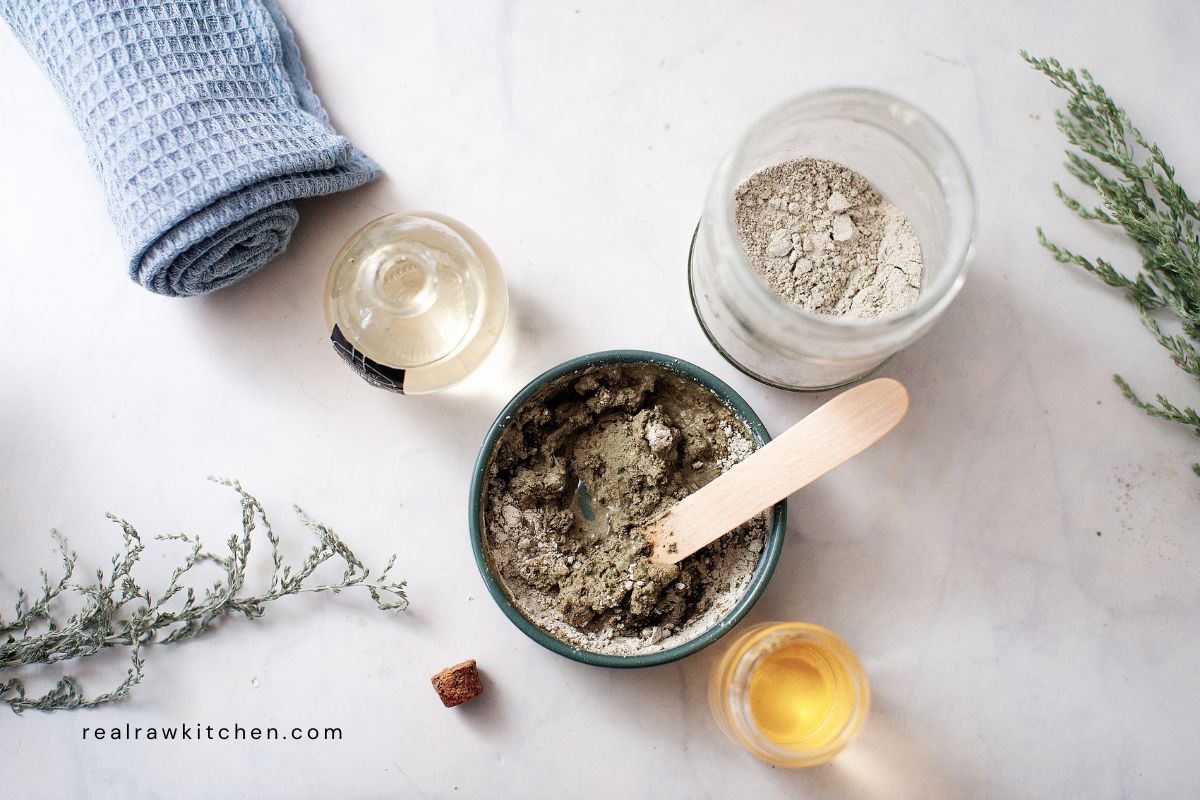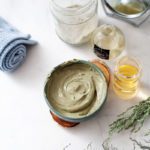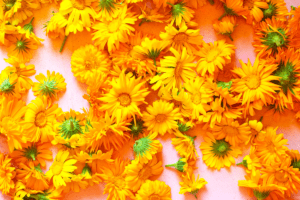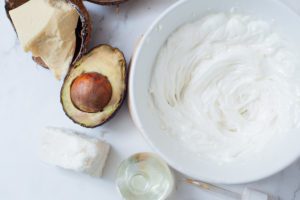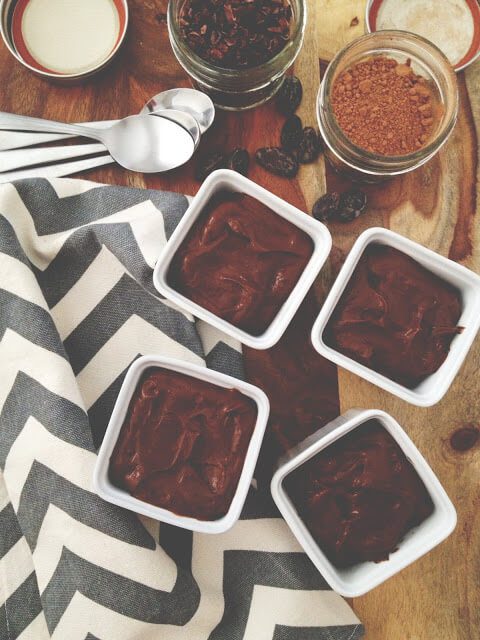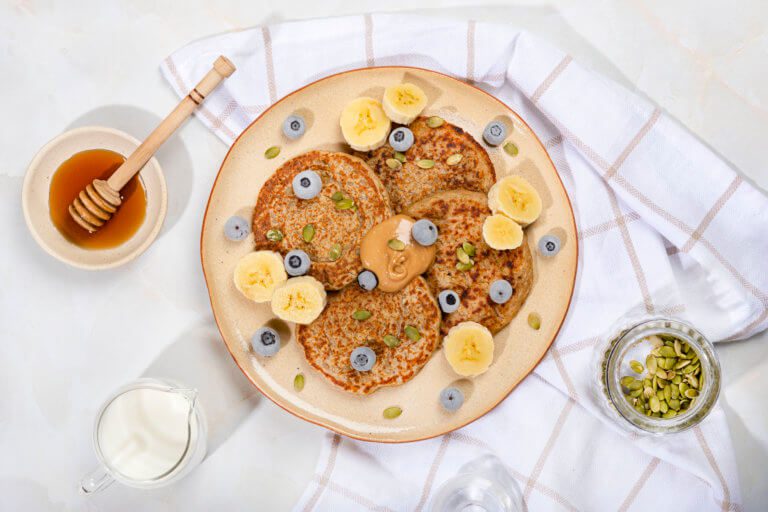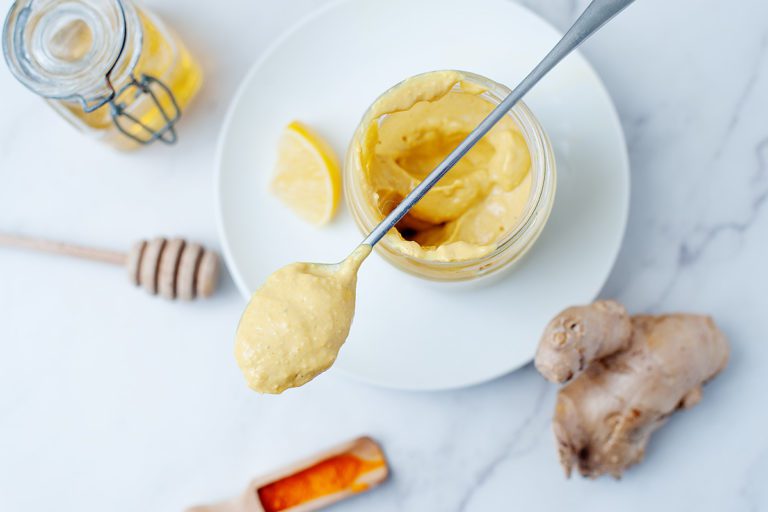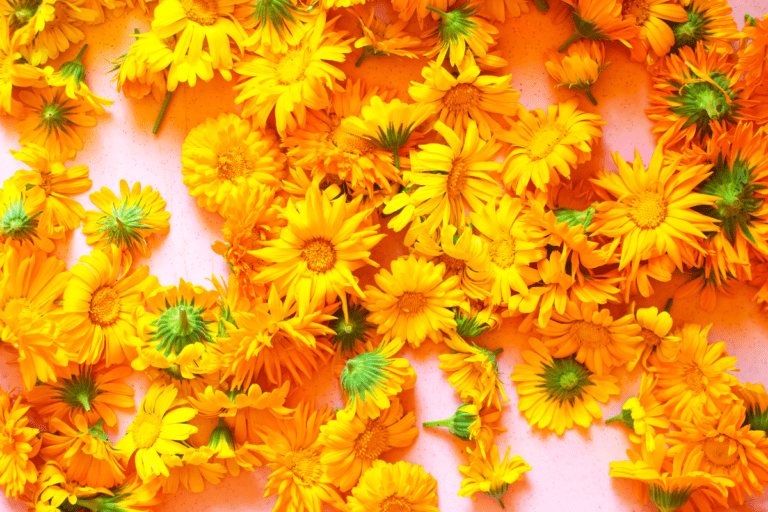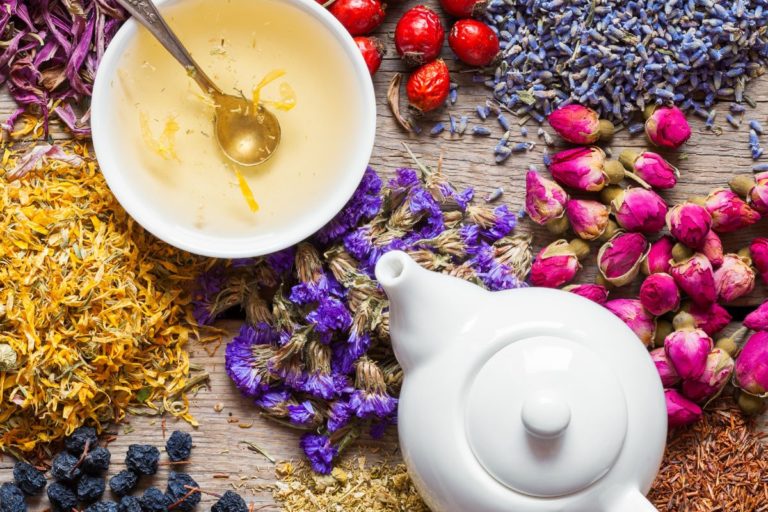I mostly escaped high school without much acne, but after I went raw vegan in my early twenties, I developed what I thought was acne prone skin.
I’m still not sure exactly what happened during this time when my skin was so inflamed. In my thirties, it seems like a combination of stress, hormonal cycles, and climate.
But when the flare-ups first began, I was hellbent on finding a topical solution, which is how I developed this DIY clay mask.
Learn more about my clay mask made with apple cider vinegar and why it has become a part of my skincare routine for the last ten years.
Benefits of bentonite clay
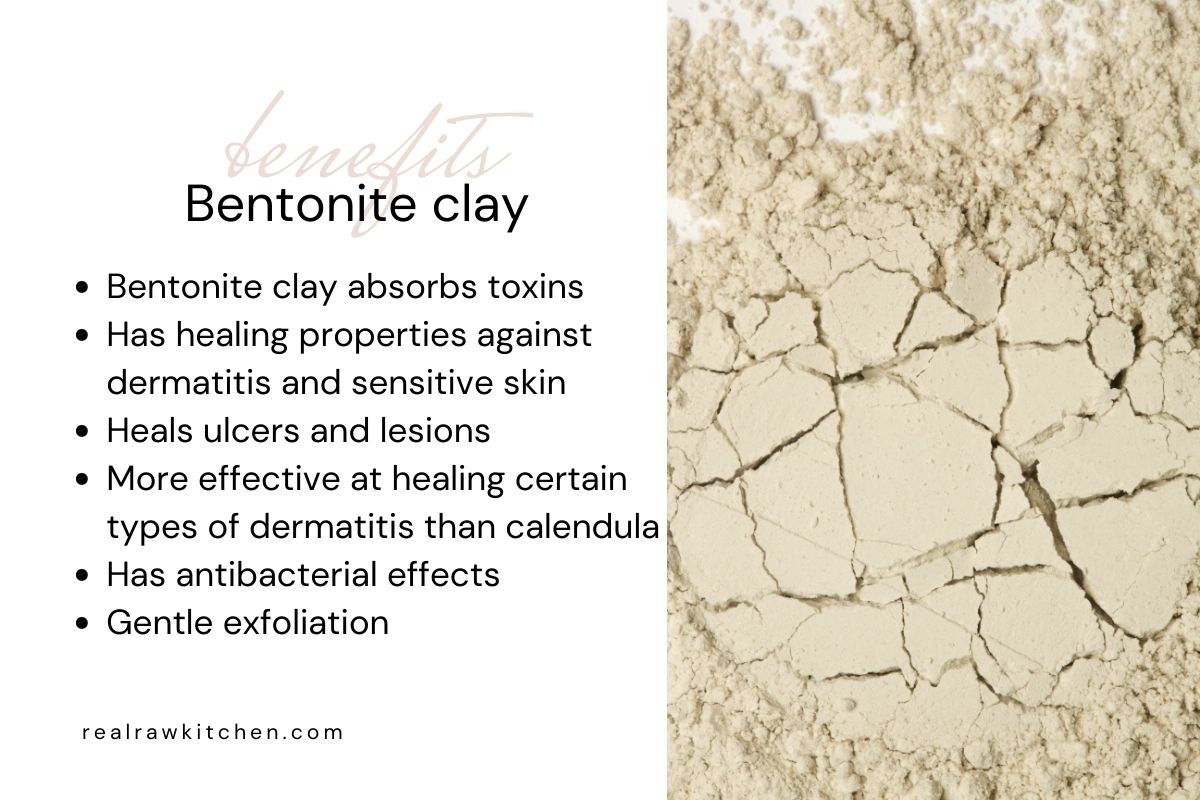

The star ingredient in this clay mask (and all clay masks IMHO) is bentonite clay.
- Bentonite clay absorbs toxins and impurities like pesticides and trace metals
- Sunscreen made with bentonite clay are more effective than those without it
- Bentonite clay has healing properties against dermatitis and sensitive skin
- Bentonite clay heals ulcers and lesions
- Bentonite clay is even more effective at healing certain types of dermatitis than calendula
- Bentonite clay naturally has antibacterial effects
- As with all clay powders, bentonite clay provides a gentle exfoliation
Who bentonite clay is best for
The best part about bentonite clay is that it’s suitable for almost every skin type. It offers potential benefits to
- dry skin
- irritated skin
- sensitive skin
But if you are anything like me, then you’ll want to test this out on a small patch before diving in head first. Gently remove with a cool wet towel if you are too uncomfortable to continue. You know your skin best!
A few bentonite clay recipes to try
As much as I love my homemade clay face mask recipe, I love exploring different ingredients and creating endless great recipes right in my kitchen. Here are a few of my favorite swaps:
- Essential oils. Essential oils have plenty of benefits in their own right and I love combining them with my clay mask recipes. Here are a few of my favorites: rose, lavender, eucalyptus, and orange for a burst of Vitamin C.
- Clay powders. The type of clay you use can change the experience. A few of my favorites: French green clay, rose clay, volcanic ash, and white kaolin clay.
- Liquid. I love mixing in different types of liquid, depending on what kind of flare ups or moods I’m in. A few of my favorites: fresh aloe vera juice, green tea, warm water, witch hazel, raw honey, apple cider vinegar, different oils.
- Natural ingredients. I love adding some of my favorite carrier oils, like almond oil or olive oil, to my face masks to help my skin retain moisture. I also really like adding things like fine pumice powder or powdered sea salt for gentle exfoliation.
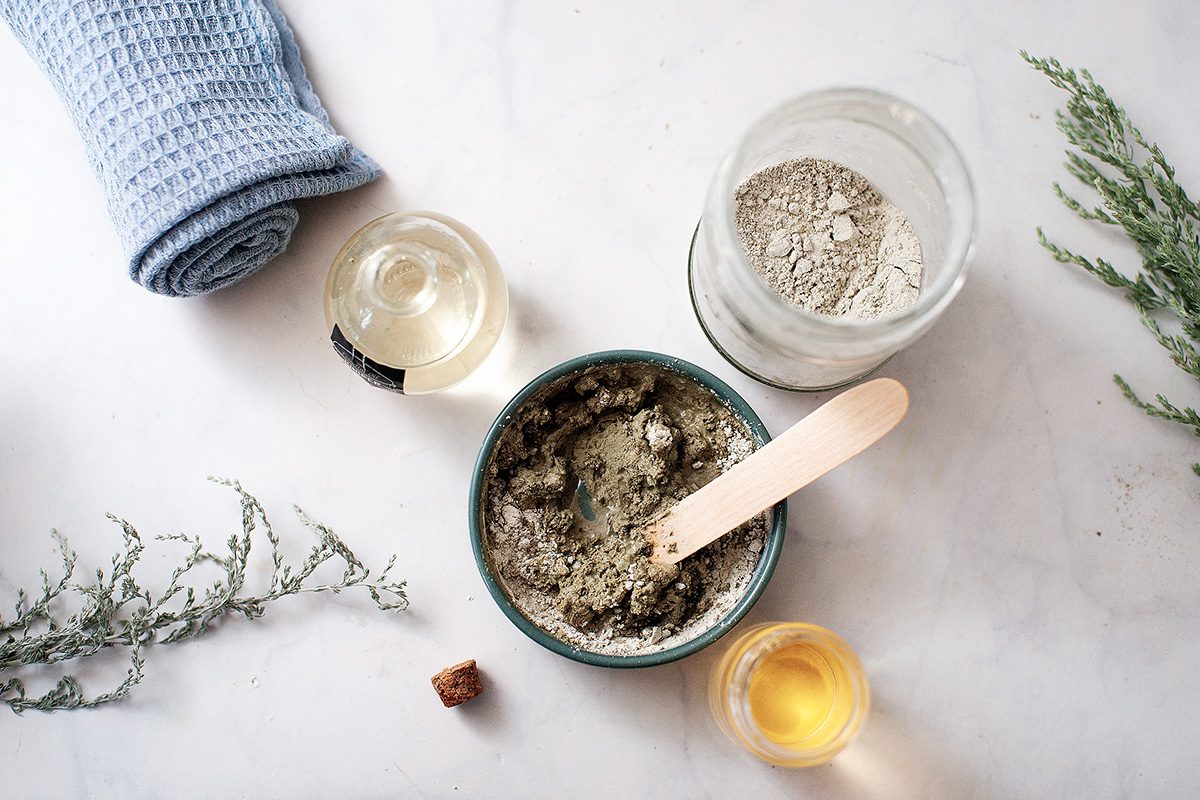

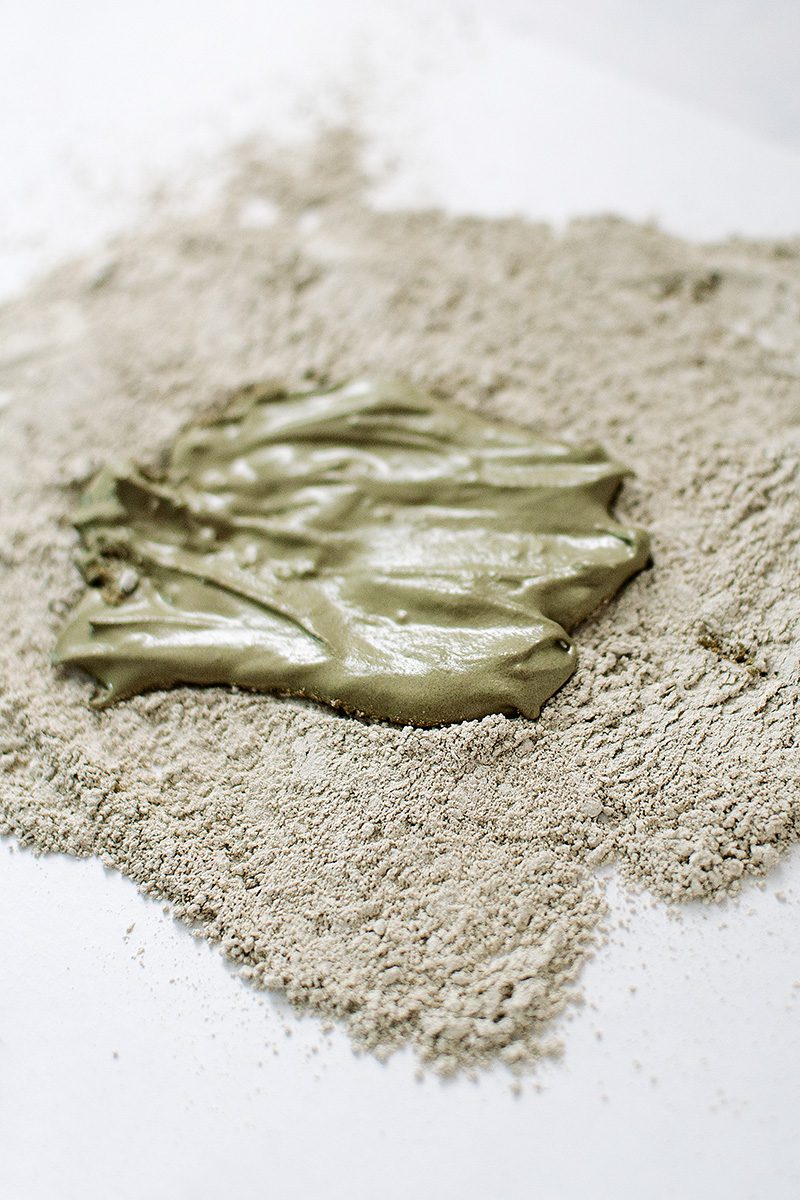

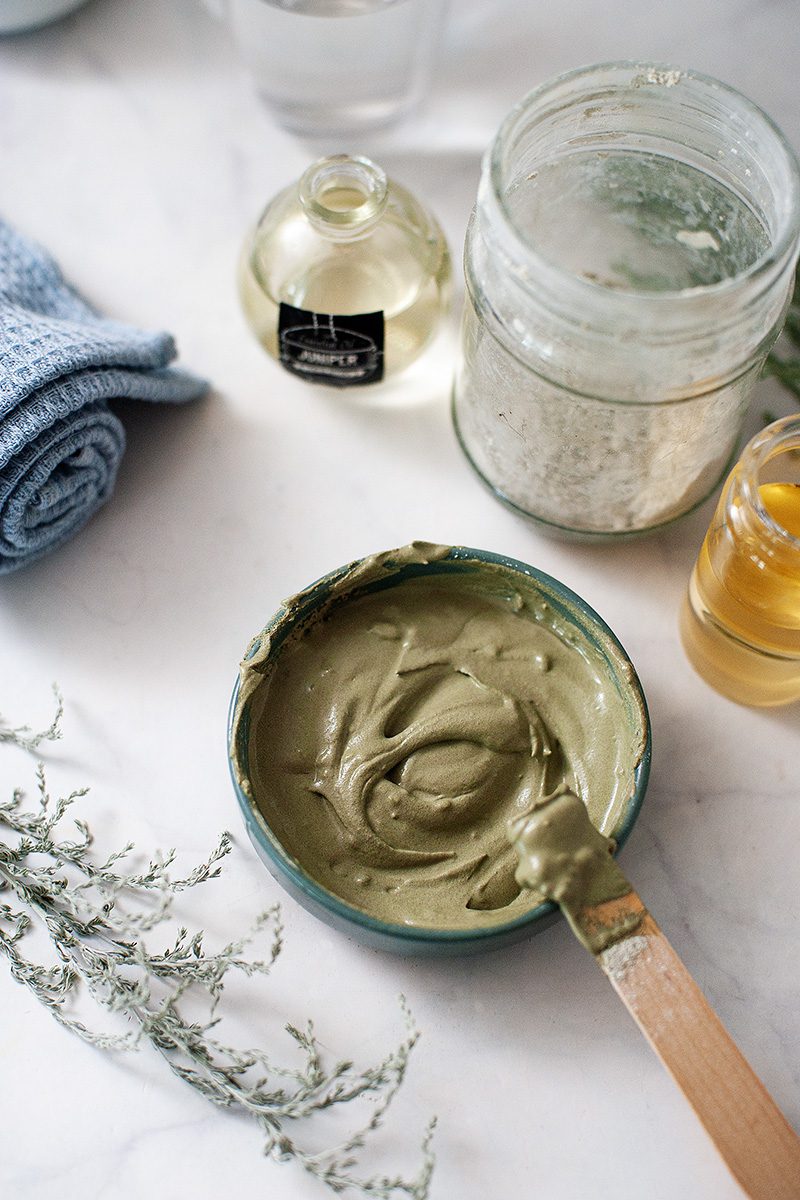


How to make a bentonite clay mask
Mix everything in a small bowl until a paste forms. Make your skin damp with warm distilled water (ideally, or maybe the bath water in your luxurious self-care routine).





Spread the paste across your face. It is so refreshing and dries fairly quickly, so add more water if you’d like to thin it out a bit.
Once it’s completely dry take a warm and wet washcloth and cover your face. Let it dampen the clay mask for a moment before you begin wiping it off.
The drying effects can sometimes make your face red, especially when combined with other ingredients that have astringent qualities.
DIY bentonite clay mask recipe for crazy skin-tightening action
Equipment
Materials
- 1 Tbsp bentonite clay
- 1 Tbsp apple cider vinegar
- 1 Tbsp filtered water as needed
- a few drops of your favorite essential oil
Instructions
- Mix everything in a small bowl and then spread across your face. It is so refreshing and dries fairly quickly. When it begins to dry your face pulsates. It’s incredible.
- Once it’s completely dry take a warm and wet washcloth and cover your face. Let it dampen the mask for a moment before you begin wiping it off.
Notes
- Your skin may turn a little red but it will calm down shortly after.
- This recipe may make your skin pulsate
Try these other face mask recipes:
